In the unlikely event you don’t share my passionate interest in small wars, in forgotten corners of the world, your response to the name Nagorno Karabakh may well be, “where”? So let me fill you in. Back in 1998 in the heady days of the downfall of the USSR the mostly Armenian population of this neighbouring region of Azerbaijan reopened their long simmering claim for independence, which kicked off with peaceful protests in the capital Stepanakert. As you can imagine the communist dictatorship of Azerbaijan wasn’t going to have any of that democratic nonsense and violent suppression soon led to spiralling brutality on both sides. A few years of fighting and ethnic cleansing left thousands dead, no living Armenians in Azerbaijan and no living Azeris in Armenia or Karabakh, with the Armenians having won on the battlefield.
You will be glad to hear that Britain made its own little contribution to historical cock ups for the region by declaring it part of Azerbaijan, despite the overwhelmingly Armenian population, when given the mandate for this corner of the world after the First World War. A decision which the fledgling USSR endorsed soon after. Who would believe it? Britain making geo-political decisions for its own benefit in flagrant disregard for the population’s wishes. Can’t imagine such things happening in this day and age!
Karabakh’s claim of independence is largely a conceit to mask the international law forbidding land taken by conquest, so it is recognised by no one and will remain as such until a final peace accord is settled. In spite of this international illegitimacy it hasn’t stopped them creating the wonderfully florid visa design that now decorates my passport. It’s a common theme amongst countries with a modest profile on the international stage to have a visa that likes to give the impression of an enhanced status. One could appreciate why, say the US might want to make a visa which is difficult to forge because of its commercial value but even if Karabakh used a potato for a stamp the unwashed hordes would not be rushing in to stake their claim in a land of golden opportunity, sadly because it is still a desperately poor place struggling to make headway after such tumultuous times.
Stepanakert today reveals little of the warring past simply because after the Azeri military had commissioned an extensive redevelopment programme using GRAD missiles and artillery, most of it had to be rebuilt. With a background of war and poverty you may be forgiven for thinking that the few foreigners who bother to come this far should tread with caution, anxiously clutching their wallets, but nothing could be further from the truth. The town is about as threatening as a game of dominos at grandma’s place and is a tribute to a people who have suffered much. Walking down unlit ally ways at night has never felt less worrying. It is with great sadness that my inability in Armenian or Russian limited conversation to simple greetings. I found no one who had any better command of English either.
The land’s tourist potential is mainly limited by the fact that by the time you have bumped your way along Armenia’s crumbling road system, over a couple of mountain ranges you will already be sick to death of medieval monasteries and hiked up and down enough spectacular scenery to want yet more of it. Its main attraction for me, which probably evokes groans of despair from the population of Artsakh, as the land is also known, are the bombed out ruins of Agdam. Totally destroyed in the war and then abandoned behind the ceasefire line it remains a ghost town, only a source of looted building materials: even most of the drains have been dug up. Being behind the ceasefire line it is technically illegal to go there, but local taxi drivers are evidently glad of the extra income from idiot tourists like me, so getting there is no problem. It seemed inappropriate to haggle over the cost given the criminal nature of the venture, besides it cost the same as it would have done back home to avoid the 30 min stagger back from the pubs in town. For nearly two hours of the driver’s time it seemed reasonable to me.
Having to dodge a couple of army patrols added to the entertainment factor, not that I was likely to get shot but being forced to leave or pay a bribe would have tarnished the visit somewhat. Once home to 40,000 people it has also been stripped of any virtually any sign of humanity, save the like of the occasional rusted oven. Consequently, in a site of such size which should be a horrific statement on the futility of war it left little more impression than the gloom of the overcast sky that day and a dim sense of guilt that I shed no tears. I pondered that the authorities ought to leave a few strategically placed battered and weathered child’s dolls amongst the rubble to generate the required emotion from jaded tourists and maybe the odd moving photograph for the colour supplements to justify writing about it.




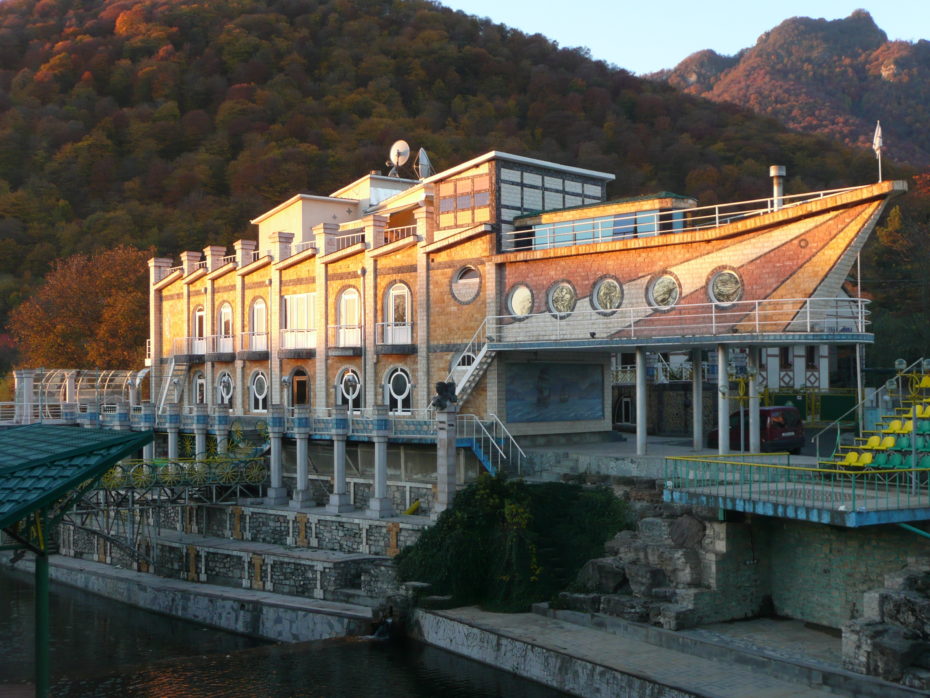
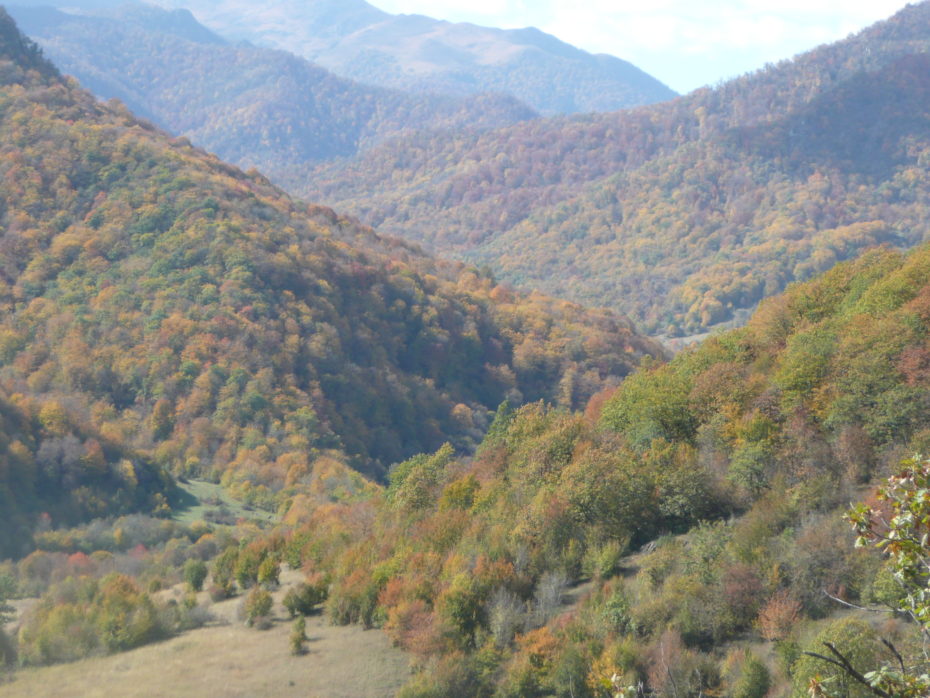
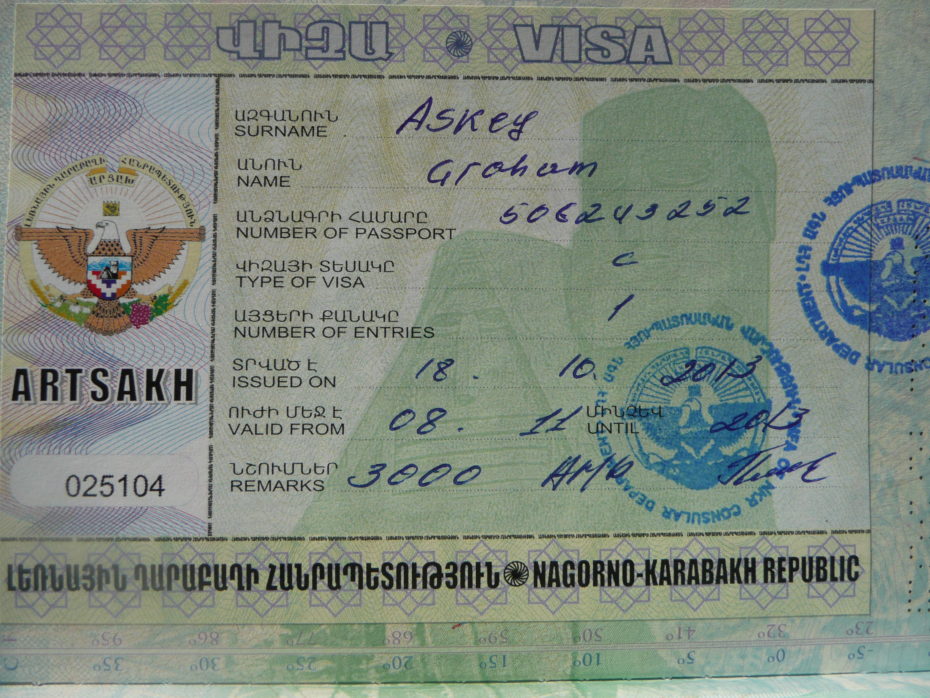
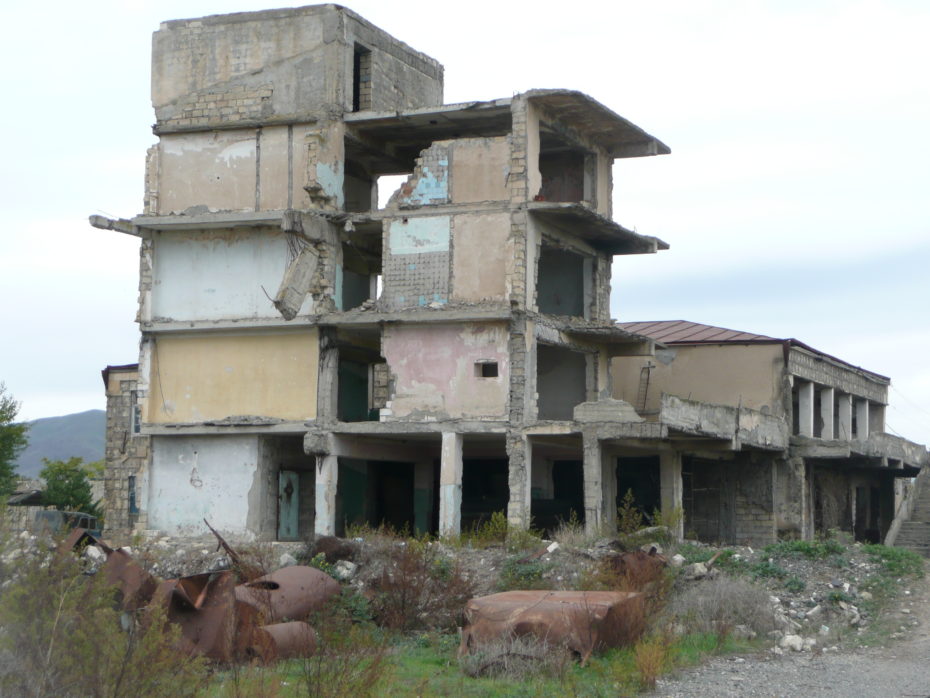
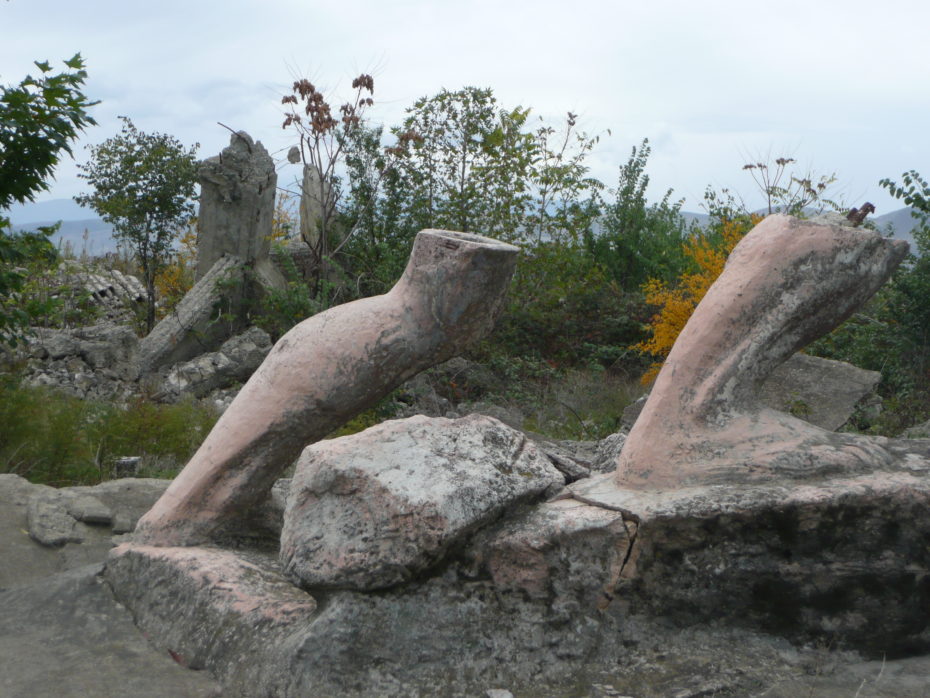
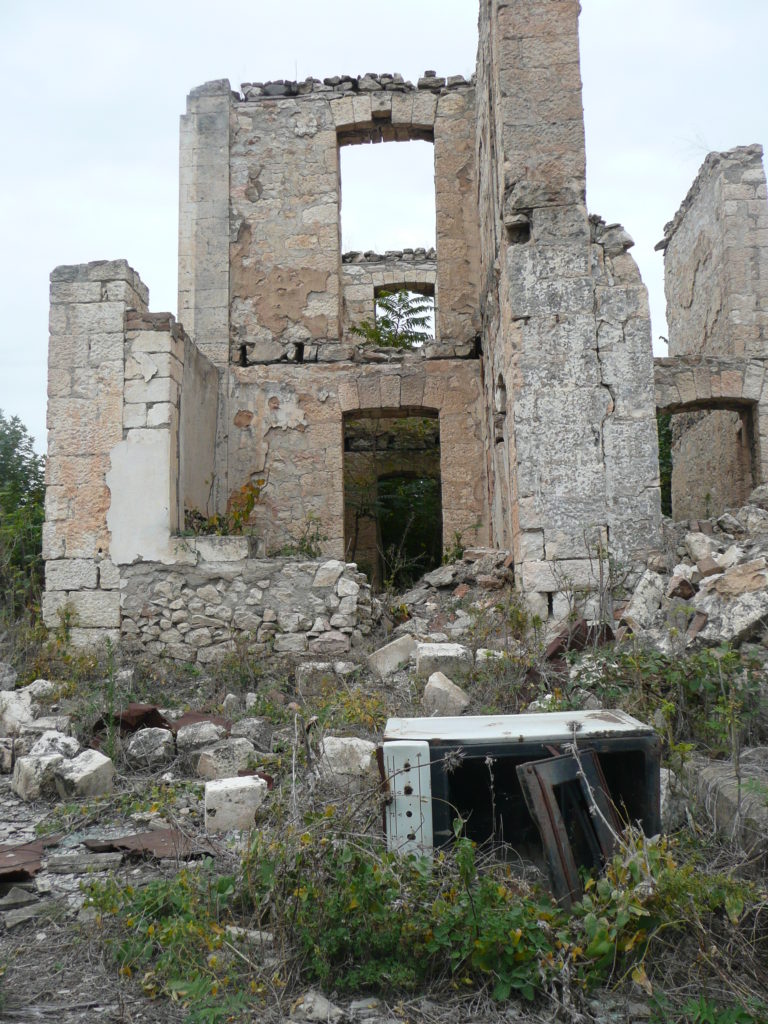

Great article Graham – I met you in Tbilisi just after this trip. Safe travels. Jonny
Thanks johnny, not forgotten you
Pingback: The Front Line: My Halloween Visit to the Destroyed City of Agdam, Nagorno Karabakh - Don't Stop Living